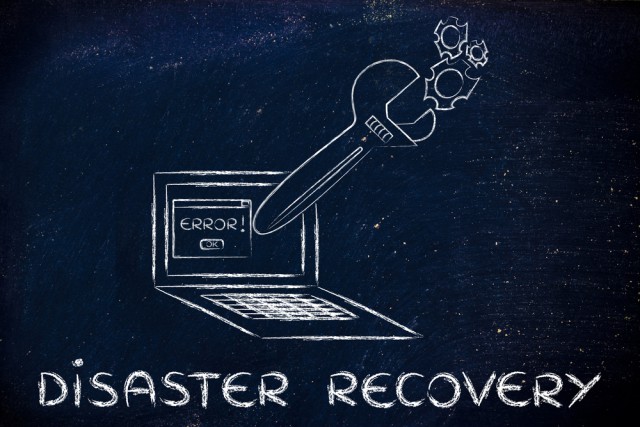What you need to know about disaster recovery as a service

Historically, disaster recovery was something that only really concerned big businesses. But as cloud adoption is continuing to grow amongst enterprises and small businesses alike and, as competition in the technology industry becomes ever-more intense, it has never been more important to be able to respond to network outages and unplanned downtime.
This is where disaster recovery as a service (DRaaS) comes in, providing a failsafe in the event of man-made or natural catastrophes through the replication and hosting of physical or virtual servers by a third-party.
Various studies have highlighted the importance of disaster recovery (DR). ComputerWeekly.com found that DR has been a top priority this year for 45 percent of UK IT departments but, in a study from Timico, only five percent of respondents were confident that their DR plan was adequate.
In addition, a more recent study from Quorum highlighted how UK business are struggling with disaster recovery, as only 34 percent are able to recover from disruption in a few minutes and 37 percent don't even test their disaster recovery plans.
Read on for everything you need to know about disaster recovery as a service, including tips on how to prepare your IT department and how to deal with unplanned downtime.
DRaaS in the Enterprise
Disaster recovery as a service is expected to grow at an unprecedented rate over the next few years, with spending predicted to rise to $1.2 billion (£766 million) by 2017. Furthermore, Gartner predicts that the market could be worth $5.7 billion (£3.4 billion) by 2018, which again illustrates its potential.
This growth is primarily being driven by cost-saving demands but is also being forced through by the multiple business benefits that DRaaS offers. Enterprises and CIOs are being drawn to the speed, scalability and security of disaster recovery solutions, with another key advantage being that it reduces operational complexity.
DRaaS is also an attractive option for smaller and medium sized organizations that don't have the resources to build and test a recovery plan in house or to invest in a dedicated off-site recovery environment.
However, as with any modern technology, not everyone is convinced of the benefits of DRaaS. For example, many IT professionals cite fears such as losing control and visibility, trusting cloud infrastructure and uncontrollable costs. However, all of these can be overcome with the right DRaaS solution.
A lack of executive interest is also putting companies at risk. According to a McAfee report, 70 percent or respondents believe board level oversight is critical for effectively responding to a data breach, so IT leaders need to convince the C-suite of any weaknesses and the importance of being able to respond as quickly as possible.
Preparing Your Company
Having an effective disaster recovery plan in place is vital for companies of all shapes and sizes, but many organizations -- particularly smaller companies, of which only 30 percent have a business continuity plan in place -- still aren’t preparing themselves well enough for when disaster strikes.
Although each business will have slightly different requirements, but there are some general steps that can be taken to prepare for unexpected downtime. As with all new technologies, planning and testing are vital to ensure everything is up to date and working as it should.
Organizations need to determine the systems that are most vital to their operations and make these a priority when it comes to implementing any form of disaster planning.
Enterprises implementing a DRaaS plan should be focusing on areas such as storage, security and planned downtime, as well as making sure that critical systems are prioritized and that there is a plan in place for employees to access alternative systems during an emergency situation.
Published under license from ITProPortal.com, a Future plc Publication. All rights reserved.
Photo Credit: faithie/Shutterstock